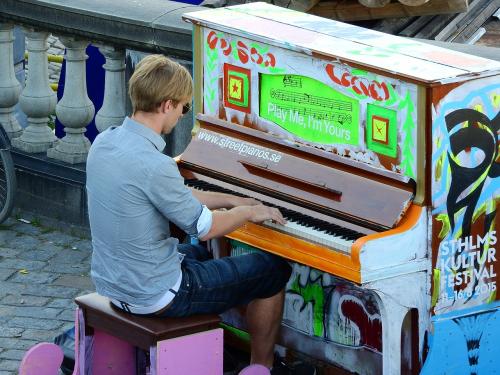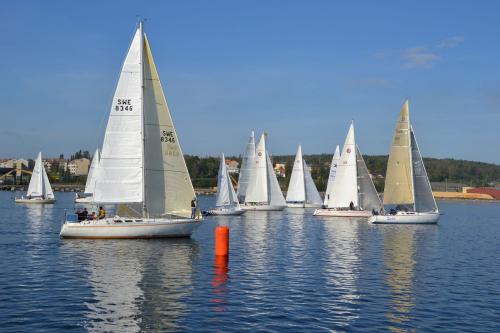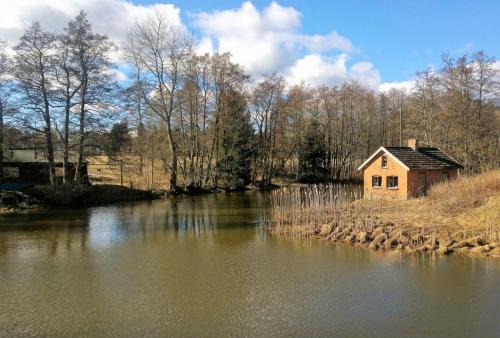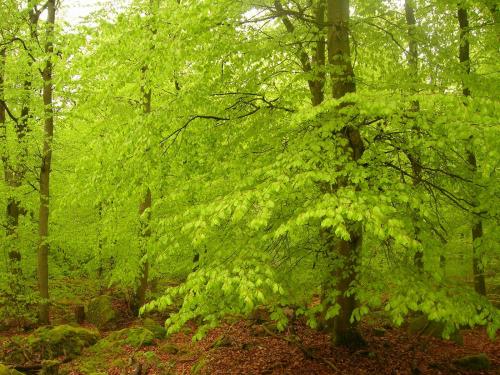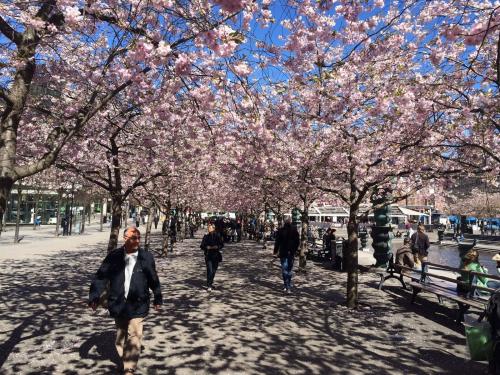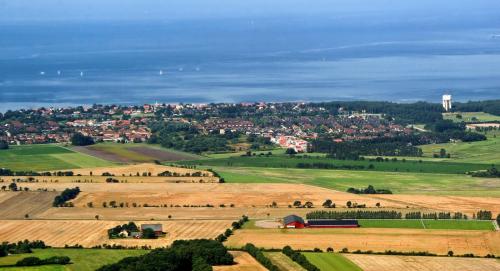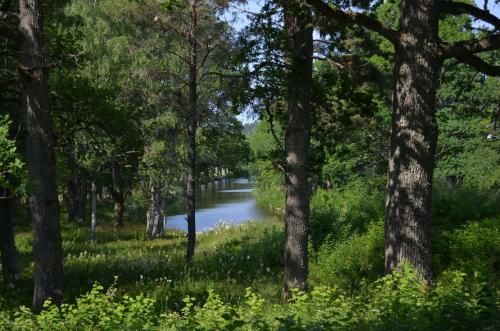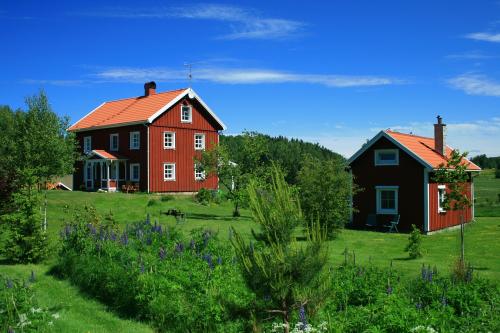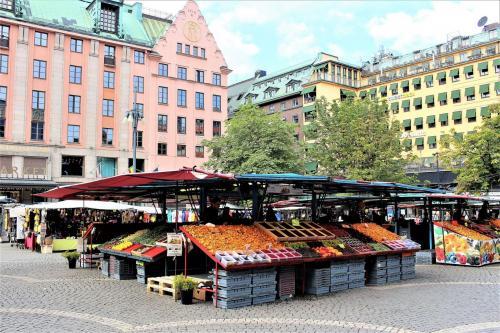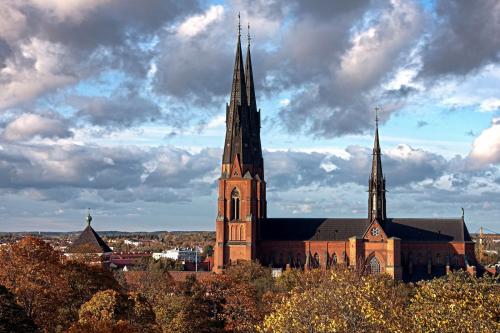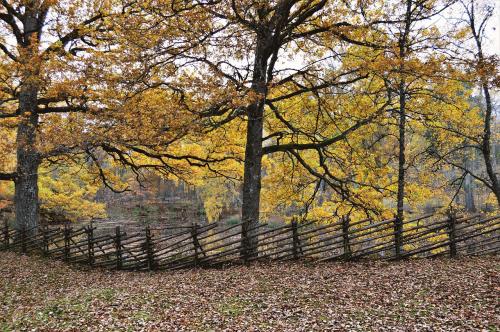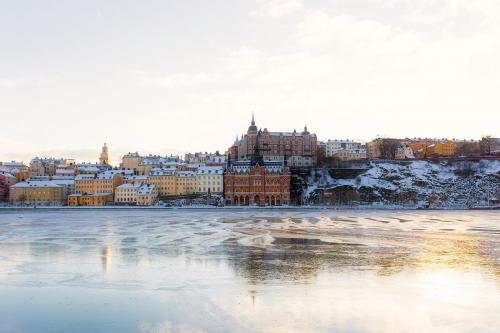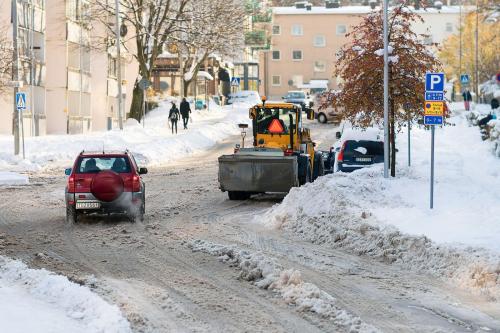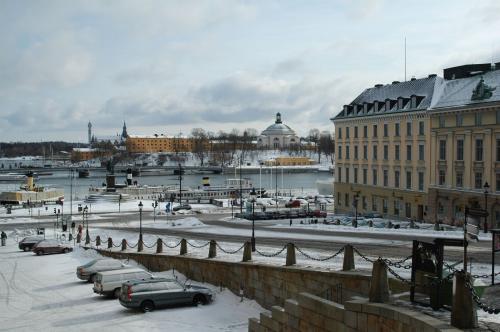Seasons in Sweden
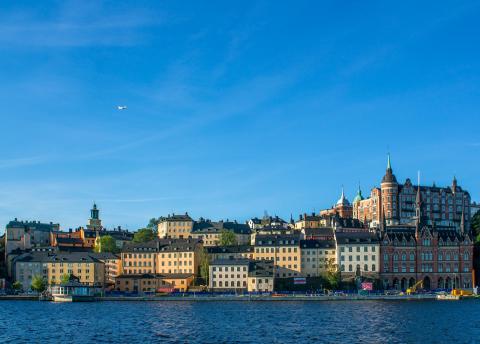
Sweden is a rich country with a high standard of living, expensive prices, innovative technologies and careful attitude to nature. In addition to the brilliant architecture, magnificent castles, ancient churches and unusual museums, fascinating beauty of nature is one of the main reasons why the country annually attracts about 5 million people.
Sweden is a country with a year-round tourist season. Depending on the time of year and personal preference, the local holiday is able to satisfy the interest of each traveler: skiing, skating, rafting, diving, excursions, revealing priceless cultural and historical heritage of the country.
The decline of tourism activity in Sweden is observed in the off-season. At ski resorts this time from June to the middle of November, and in the historic towns and beach resorts – from October to end of April. Only drawback of the trip to Sweden in the off-season is rainy uncomfortable weather.
In Sweden is dominated by a temperate climate, but due to the significant elongation of submeridional climatic conditions within the country vary. We can say that in the North and West, the weather during the year is much colder here towering Scandinavian mountains block the penetration of warm air masses from the Atlantic. Winters are long, frosty with plenty of snow, especially above the Arctic circle, and summer is cool. In the South-West and South of the country, as well as Islands in the Baltic sea in winter observed a very small negative temperature, summers are quite warm, but very rainy. Most rain falls in the mountains about 2000 meters, slightly less on the West coast of southern Sweden, is 700 meters, the driest region in the Northern plains.
Seasons
Contents:
Spring in Sweden
In March, daylight hours are gradually increasing. In the capital this month, there is almost no precipitation, but the snow still holds. In April in the South, South-East and the West, he gradually begins to descend, and the rivers and lakes freeze-up begins, which inevitably leads to floods. At this time at some resorts in the Western part of the country is coming to the end of the ski season. In the middle of spring under the warm rays of the sun on the island of Gotland is covered by floral carpets of poppies, this is an incredible riot of bright colors.
In the North, the dreary landscapes much. In the Arctic the snow lasts until mid-may, the vegetation is scarce. But at the end of the month here comes the white nights season, which usually lasts until the end of August. It is a natural phenomenon, partly affected the southern region, where the night lasts only a few hours.
Climate of the Spring Months
| March Max average t°: +3 °C (37 °F) Min average t°: -3 °C (27 °F) Sundial in the day: 6 hours Rainy days: 1 day Precipitation: 26 mm (1.0") |
| April Max average t°: +9 °C (48 °F) Min average t°: +1 °C (34 °F) Sundial in the day: 7 hours Rainy days: 2 days Precipitation: 30 mm (1.2") |
| May Max average t°: +16 °C (61 °F) Min average t°: +6 °C (41 °F) Sundial in the day: 11 hours Rainy days: 1 day Precipitation: 30 mm (1.2") |
(Stockholm)
Spring Holidays
March, 8 – International women's day;
The first Sunday after the full moon – Easter;
May, 1 – labour day.
Summer in Sweden
In the North the summers are rather short and cool, in the mountains the temperature is about +2 degrees. In the northeast, despite the proximity of the region to the Arctic circle, the weather is mild – not cold, but not enough heat. In the capital, on the other hand, at this time of year is very comfortable and warm.
Sometimes the sun just beginning to warm, and the air is heated to 27 degrees, but it happens not so often. In mid-July in the forests of the cloudberries ripen, the season of gathering lasts till the first decade of August. It will be followed by blueberries, the season which is ending in early September. Light day for all 3 months lasts about 17 hours a day, while in the Arctic it lasts a whole 24 hours. In whatever part of Sweden you go in the summer season, make sure Your wardrobe is thoroughly warm clothes, since even on the Baltic coast the nights are quite cold, not to mention the North of the country.
Climate of the Summer Months
| June Max average t°: +21 °C (70 °F) Min average t°: +11 °C (52 °F) Sundial in the day: 11 hours Rainy days: 4 days Precipitation: 45 mm (1.8") |
| July Max average t°: +22 °C (72 °F) Min average t°: +13 °C (55 °F) Sundial in the day: 11.5 hours Rainy days: 3 days Precipitation: 72 mm (2.8") |
| August Max average t°: +20 °C (68 °F) Min average t°: +13 °C (55 °F) Sundial in the day: 10 hours Rainy days: 3 days Precipitation: 66 mm (2.6") |
(Stockholm)
Summer Holidays
June – Stockholm Early Music Festival, Smaka på cuisine festival, Stockholm Marathon.
June 6 – National Day (Sveriges nationaldag).
June 23 – Midsummer Day (Midsommar).
July – Stockholm Music & Art festival.
August - Stockholm Culture Festival.
Autumn in Sweden
Autumn in Sweden, windy, wet air masses from the Atlantic often bring precipitation in the form of rain. From the first days of September dominated by cloudy weather with frequent fogs. In the South and South-West of the country the temperature, however, ranges from +15 degrees, but as you move deeper into the Scandinavian Peninsula is becoming perceptibly colder, and in the mountains at this time begins to snow.
October in the capital is characterized by wet, chilly weather with abundant rainfall. But within a few days, if you are lucky, you can watch "the Golden autumn". By the end of the month, possible sleet, but for a long time on earth he does not linger, preferring to melt quickly. In the Northern regions by this time, vengeance dominates winter climate with snow and frost, the lake pulled together with a thick layer of ice. And here in Stockholm the winter is coming until early – mid November.
Climate of the Autumn Months
| September Max average t°: +15 °C (59 °F) Min average t°: +9 °C (48 °F) Sundial in the day: 8 hours Rainy days: 3 days Precipitation: 55 mm (2.2") |
| October Max average t°: +10 °C (50 °F) Min average t°: +5 °C (41 °F) Sundial in the day: 5 hours Rainy days: 3 days Precipitation: 50 mm (2.0") |
| November Max average t°: +5 °C (41 °F) Min average t°: +1 °C (34 °F) Sundial in the day: 3 hours Rainy days: 3 days Precipitation: 53 mm (2.0") |
(Stockholm)
Autumn Holidays
October 4 – Day of cinnamon buns (Kanelbullens dag).
November 6 – Gustav Adolf's Day.
November 11 – St. Martin’s Day.
Winter in Sweden
In the Central regions of the country during the high season the temperature can drop to -16 degrees in Lapland is expected to be -22 degrees. The snow stays on the peaks for a whole year. In early December begins the season of polar nights lasting up to mid – late January. The climate of the capital is quite soft, this was due to the influence of the warm Gulf stream. Minimum temperature extremum, which is characteristic for Stockholm in winter, about -10 degrees.
Well, usually during the daytime the thermometer drops only 1-3 degrees below zero. For southern Sweden, a large part of the region which is surrounded by water, is also characterized by a mild climate. However, there are some climatic differences: the highest temperatures on the southern tip of the archipelago, while the Western region is the most wet due to the wind blowing in this wind direction. In malmö, in the far southern region, in February recorded is about -3 degrees, the for the city the "dry" month of the year. It gets dark early here in winter, daylight lasts about 6-7 hours.
Climate of the Winter Months
| December Max average t°: +1 °C (34 °F) Min average t°: -3 °C (27 °F) Sundial in the day: 3 hours Snowy days: 3 days Precipitation: 46 mm (1.8") |
| January Max average t°: -1 °C (30 °F) Min average t°: -5 °C (23 °F) Sundial in the day: 2.5 hours Snowy days: 2 days Precipitation: 39 mm (1.5") |
| February Max average t°: -1 °C (30 °F) Min average t°: -5 °C (23 °F) Sundial in the day: 3 hours Snowy days: 2 days Precipitation: 27 mm (1.0") |
(Stockholm)
Winter Holidays
December, 25 – Christmas;
December, 26 – day after Christmas;
January, 1 – New Year;
January, 6 – Epiphany.
 Seasons of the Year
Seasons of the Year 